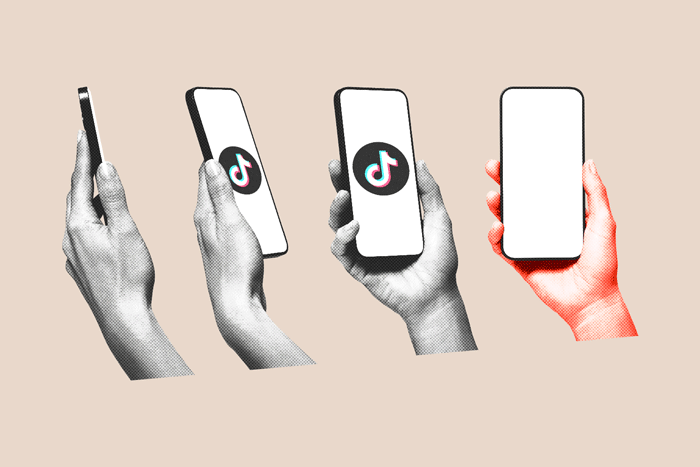On navigating the risky and blurry line between attempting to be funny and offending others
Few human traits are more desirable, enjoyable, and healthy than humor. Unsurprisingly, scientific research shows that humor is correlated with a wide range of positive life outcomes, including interpersonal confidence and social status, attractiveness and both relationship satisfaction and success, wellbeing, resilience, leadership effectiveness, job performance, and career satisfaction.
Furthermore, humor is often the best antidote to tragic or depressing life experiences, not to mention stress and anxiety. It is a consistent indicator of emotional intelligence, and actual intelligence.
In the context of work, humor is frequently linked to employee creativity, team morale, managerial and leadership effectiveness, team creativity and performance, and healthier, stronger, more effective organizational cultures.
That said, there is also a dark side to humor. Indeed, prejudiced jokes sustain discrimination, and are a clear assault on tolerance and inclusion. Failed attempts at using humor come at a personal cost, lowering people’s status and perceived competence. And while we may celebrate the apparent rebellious non-conformity of those who disregard the formal rules of professional etiquette with their creative jokes, these are often rooted in antisocial or psychopathic motives. Too many people deemed toxic by others use humor as an excuse to justify their careless, bullish, or abusive behaviors.
This ambivalence between the prosocial and antisocial elements of humor creates a dilemma for modern employees, particularly when they are part of organizations interested in promoting diversity, inclusion, equity and belonging.
Most notably, what may appear funny to some, may be extremely offensive or harmful to others, and privileged people (those belonging to the in-group, or holding status or power) are often given license to “just be themselves”, which includes making fun of lower status or out-group individuals, much like charismatic populists do in politics.
At the same time, a humorless workplace would be a dreadful place to work in, and research shows that when managers fail to take humor seriously, it demoralizes their teams and impairs their performance.
Fortunately, there is copious examining the multiple layers and facets of humor, including at work, which provides a helpful guidance to understand the boundaries, requirements, and risks, or attempting to use it with your colleagues, bosses, and employees.
Here are three critical points to consider:
1) Humor is a skill: Just because someone tries to be funny, doesn’t mean they actually are. In fact, people’s confidence in their ability to be funny (how funny they are in their own eyes) is only marginally related to their actual competence (how funny they are according to others). Furthermore, humor is also contextual: what’s funny in one situation, or to one person, may fail to be funny in other situations, or to another person. Thus, it is best to refrain from being funny unless you have a strong command of the situation you are in, including your audience feeling’s and values, including their receptiveness to humor in general, and your humor specifically. Paying attention to the signals you get from others in response to your humorous attempts, which requires empathy, and internalizing this feedback to adjust your future behaviors, which requires self-criticism and humility, will minimize the risk of offending others, or looking like a fool. If unsure, considering the possibility that you may not be as funny as you think, could be enormously helpful in improving your reputation. As a general rule, it is quite unusual for someone who is genuinely funny to tell you that they are.
2) Humor comes in different forms: Researchers have identified a variety of types of humor, based both on their psychological function, as well as their style or technique. For instance, humor can be affiliative, in which case the very focus is to enhance our connection with others, and lubricate social ties. It may also be self-enhancing, where the goal is to lift our own spirits (a good antidote to stress and anxiety). Both affiliative and self-enhancing humor have been broadly linked to positive interpersonal outcomes. However, humor can also be aggressive, which involves denigrating or belittling others, or self-defeating, which involves denigrating or belittling oneself. Self-defeating humor has mixed benefits (and is strongly rewarded as a form of self-presentation in some cultures, such as Britain), but aggressive humor tends to harm others, trading personal gains in tension-release or status attainment at the expense of other people’s trust, safety, and inclusion. People also differ in their comic style (what they use and prefer others to use), which explains why the same person may be deemed funny by some, but not others. For example, nonsense, wit, irony, satire, sarcasm, and cynicism will be more effective with certain audiences than others.
3) Footnotes to Freud: Freud saw humor as a window to the unconscious. More specifically, he regarded jokes as compromise between our repressed thoughts and socially acceptable distortions of reality. Critically, there are always three key ingredients in humor: the agent or perpetrator (someone who produces or points out the humor), the audience (someone who deems the behavior funny), and the object of humor (whoever or whatever is considered funny). Paying attention to the object, and trying to be more conscious about the unconscious sentiment you may be projecting in selecting that object as the target of your humor, will help you to minimize causing offense. Needless to say, when you notice that unintended harm was caused, nobody stops you from sincerely apologizing and learning from your mistake.
In short, approach humor like you would (hopefully) approach a job interview: paying a great deal of attention to what people may be thinking of you, and cautiously picking your words and presentational style to make a strong impression, while simultaneously not coming across as a fake or boring. Importantly, nobody forces you to be funny, especially when you are not accompanied by people you trust, and who apparently like you as you are, even when your jokes aren’t funny.
Perhaps that ought to be the ultimate prerequisite for attempting to be funny, namely being surrounded by people who will like (or at least tolerate) us even when our humorous attempts fail, signaling real inclusion. Same if you lead people: it’s not about how funny you are, but how much fun you enable others to have, while keeping the toxic and dark side of humor at bay.
Read the full article here










